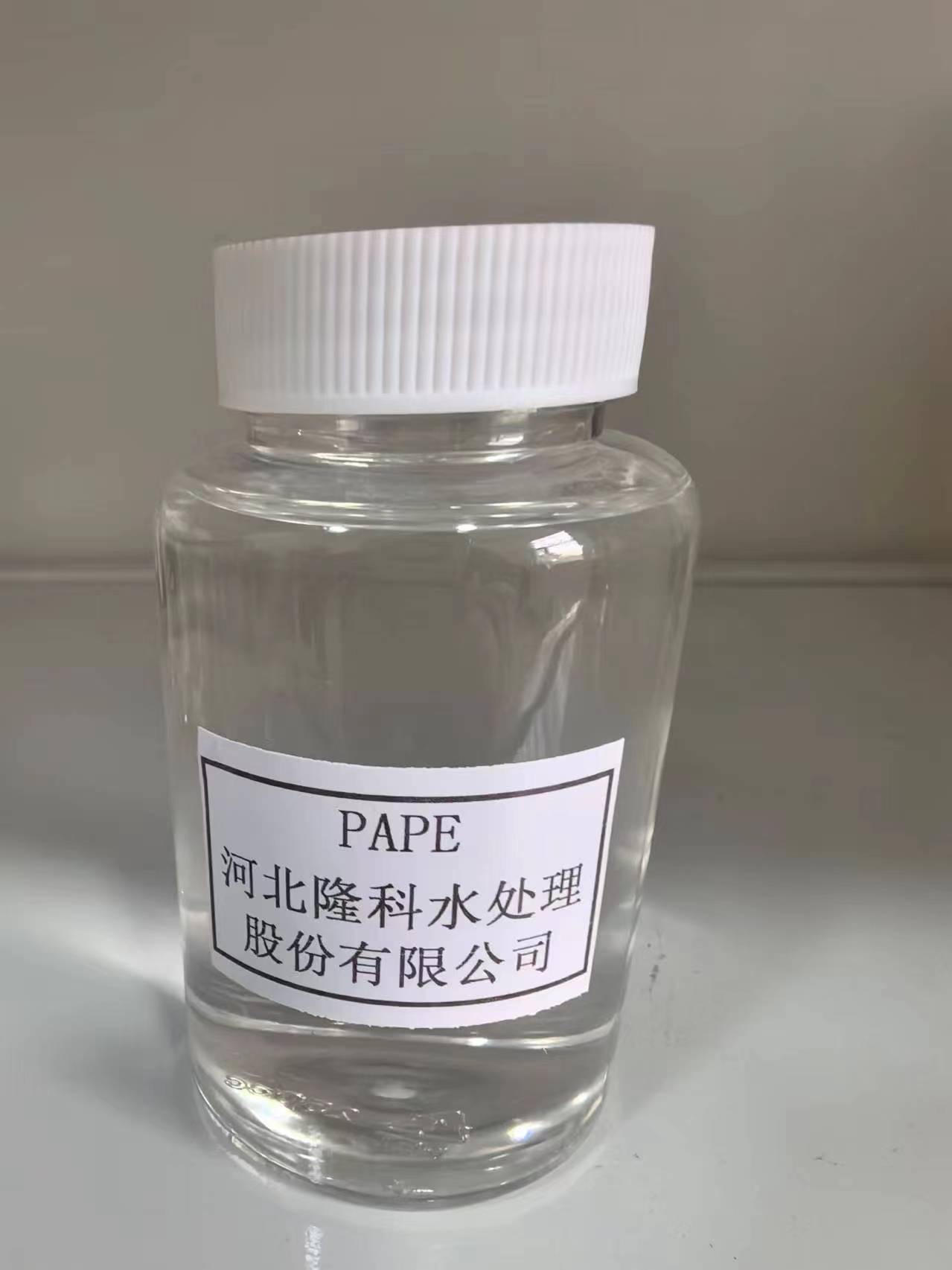cross linked polyacrylamide
Cross-Linked Polyacrylamide Properties, Applications, and Innovations
Cross-linked polyacrylamide (CLPA) is a versatile material derived from the polymerization of acrylamide and a cross-linking agent. This unique structure gives CLPA distinctive properties that make it invaluable across various industries, including biomedicine, agriculture, and environmental management.
Properties of Cross-Linked Polyacrylamide
CLPA stands out due to its excellent mechanical strength, thermal stability, and chemical resistance. The cross-linking process creates a three-dimensional network that enhances the physical and chemical properties of polyacrylamide. This network structure allows it to absorb large quantities of water, making it an effective superabsorbent material. Typically, its swelling capacity can reach several times its dry weight, which is particularly beneficial in applications requiring moisture retention.
Another intrinsic property of CLPA is its biodegradability, especially when modified with natural additives. This trait is increasingly important in today’s environmentally conscious world, where the demand for sustainable materials is on the rise. Additionally, the gel-like consistency of CLPA adds a unique texture, allowing it to be utilized in various formulations, including gels and pastes.
Applications of Cross-Linked Polyacrylamide
1. Biomedicine In the field of biomedicine, cross-linked polyacrylamide is used for drug delivery systems and tissue engineering. Its biocompatibility and ability to form hydrogels make it suitable for encapsulating drugs and slowly releasing them at targeted sites within the body. Furthermore, CLPA can be utilized in soft tissue fillers, where it mimics the mechanical properties of natural tissues, providing aesthetic and functional benefits.
cross linked polyacrylamide

2. Agriculture CLPA plays a crucial role in agriculture, particularly in enhancing soil moisture retention. When incorporated into the soil, it absorbs water during rain or irrigation and gradually releases it, ensuring that plants have access to moisture during dry spells. This capacity not only increases crop yield but also helps in conserving water, making it an invaluable resource in arid regions.
3. Environmental Management Cross-linked polyacrylamide is an effective agent in water treatment processes. It is widely used as a flocculant in the treatment of wastewater, assisting in the removal of suspended solids and pollutants. By binding with these particles, CLPA facilitates their sedimentation, leading to clearer and cleaner effluents. This property makes it an essential component in various environmental applications, including mining and oil recovery, where the treatment of effluent streams is critical.
4. Cosmetics The cosmetic industry has also embraced CLPA for its unique properties. It is used in formulating creams and lotions, where it improves texture and enhances moisture retention. Additionally, due to its soft and gel-like nature, it provides a smooth application experience, making it a favorite among formulators looking to create high-quality cosmetic products.
Innovations and Future Directions
Research on cross-linked polyacrylamide continues to evolve, with innovations focusing on enhancing its properties and expanding its applications. Kinetic studies and modifications are being conducted to improve its biodegradability and reduce the potential ecological impact associated with the use of synthetic polymers. Furthermore, the development of smart hydrogels, which can respond to environmental stimuli, is an exciting frontier that could redefine the use of CLPA in drug delivery and other adaptive systems.
Conclusion
Cross-linked polyacrylamide is a multifaceted material with a wide range of applications that stretch across several industries. Its unique properties are not only crucial for existing uses but also pave the way for future innovations. As research continues to unlock new potentials, CLPA's role in fostering sustainable practices will likely expand, contributing to a more eco-friendly future.
-
lk-319-special-scale-and-corrosion-inhibitor-for-steel-plants-advanced-solutions-for-industrial-water-systemsNewsAug.22,2025
-
flocculant-water-treatment-essential-chemical-solutions-for-purification-processesNewsAug.22,2025
-
isothiazolinones-versatile-microbial-control-agents-for-industrial-and-consumer-applicationsNewsAug.22,2025
-
scale-inhibitor-key-solutions-for-water-system-scale-preventionNewsAug.22,2025
-
organophosphonates-versatile-scale-inhibitors-for-industrial-water-systemsNewsAug.22,2025
-
scale-and-corrosion-inhibitor-essential-chemical-solutions-for-water-system-maintenanceNewsAug.22,2025





